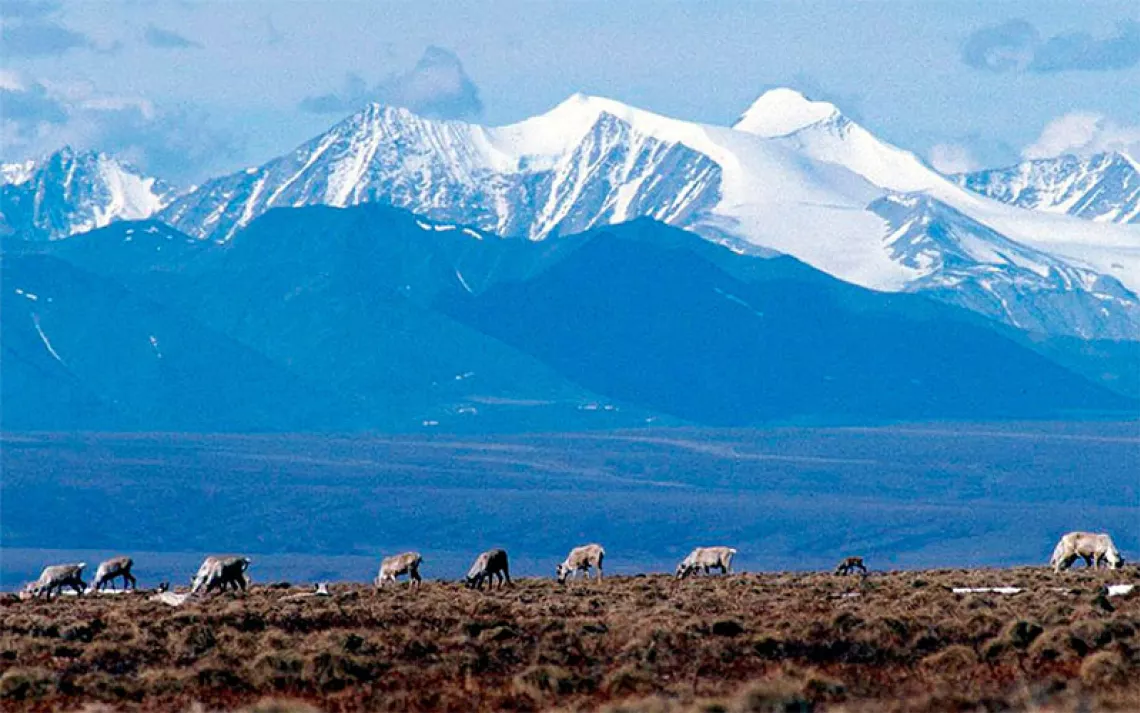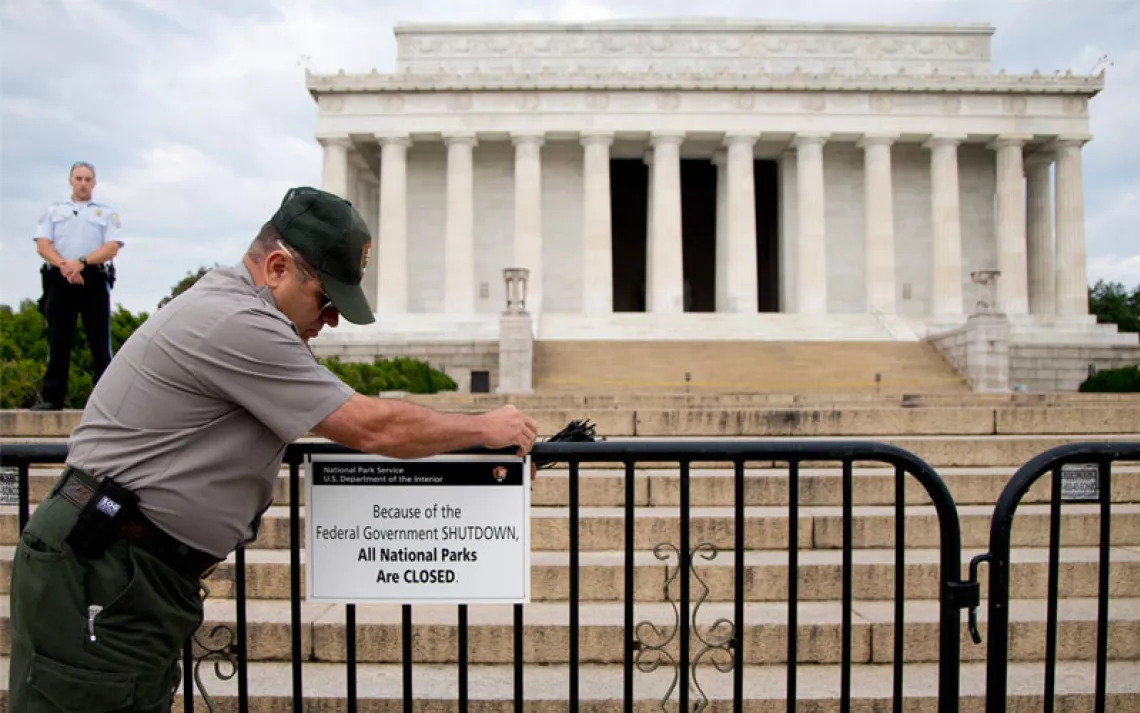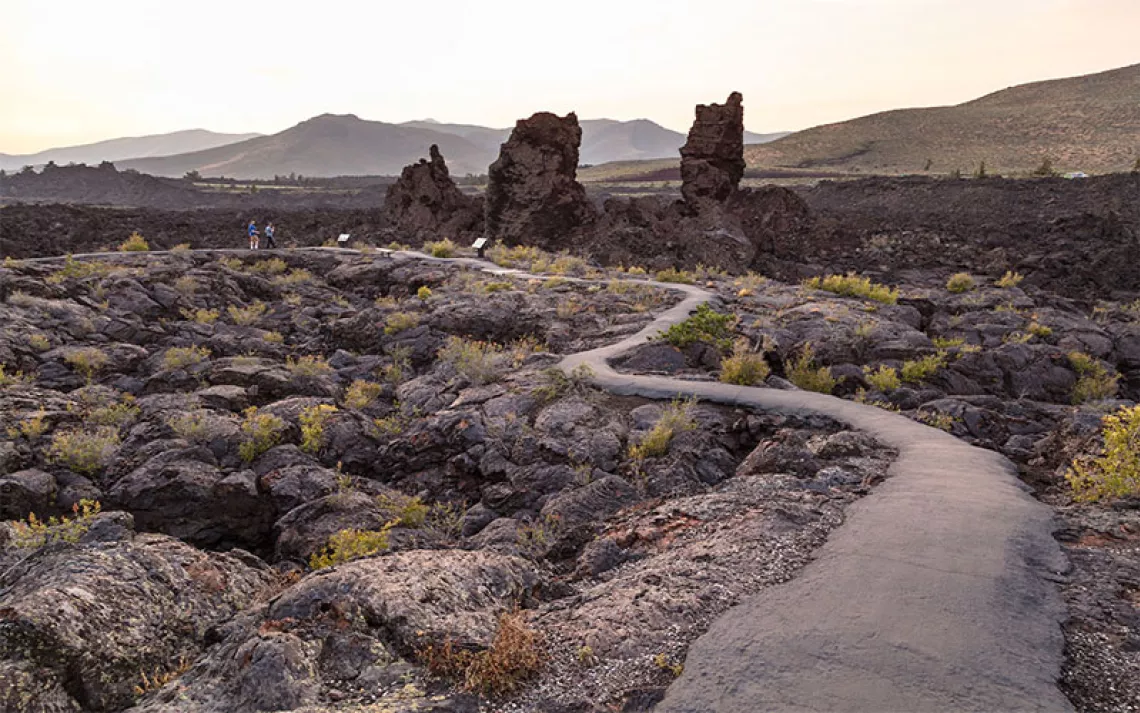A Modest Proposal: We Need More National Parks
Here are a dozen places that deserve the highest protection
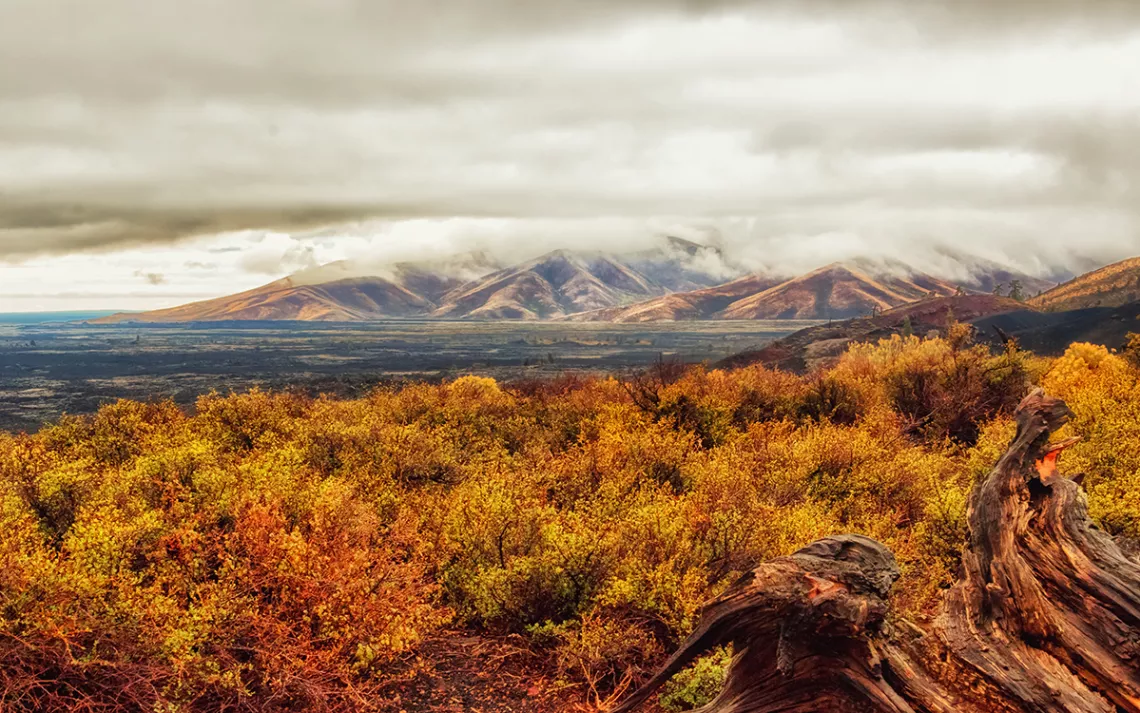
Craters of the Moon National Monument and Preserve, Idaho. | Photo by Riishede/iStock
After a year of pandemic restrictions, record numbers of people are flocking to America’s national parks. Iconic parks such as Acadia, Grand Canyon, Joshua Tree, and Yellowstone are dealing with traffic jams, packed parking lots, and congested trails. Park advocates are raising concerns that our parks are being "loved to death" and calling for measures such as reservations or increased fees to reduce visitor pressures.
Yet, as Terry Tempest Williams has observed, “Our national parks are breathing spaces in a society increasingly holding its breath.” People are attracted to our parks because they are among the best-protected natural landscapes in America. Surely there must be a way to both welcome the millions of people seeking these breathing spaces and continue to preserve their extraordinary natural and cultural values—to ensure the parks are accessible while also protecting their ecological integrity.
Actually, there is a way, and it is pretty straightforward: Lawmakers in Washington need to create more national parks.
An expansion of our national park system would relieve pressure on existing parks by offering alternative national park experiences in other outstanding places. In addition, more protected forests, grasslands, and waters would fight climate change by sequestering large amounts of carbon dioxide. They would also safeguard the full range of native plant and wildlife diversity.
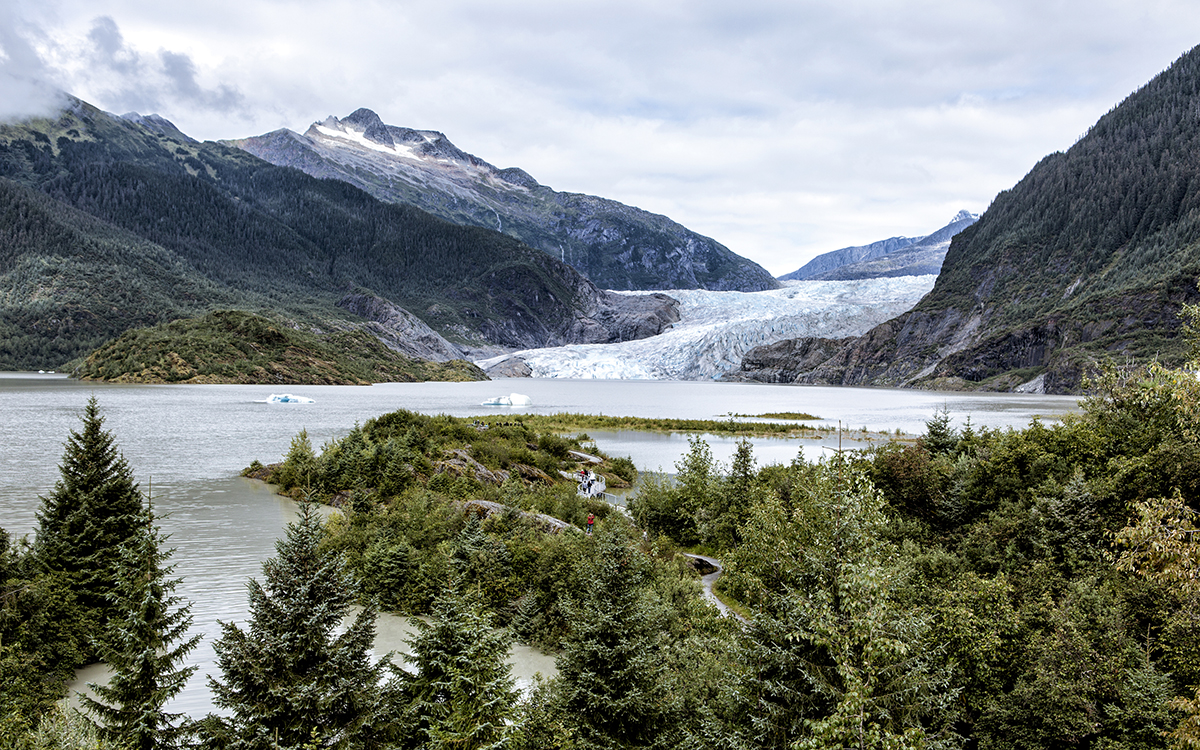
Mendenhall Glacier in Tongass National Forest, Alaska. | Photo by urbanglimpses/iStock
National parks are particularly well suited to address these concerns. The National Park Service is mandated to manage our parks to “conserve the scenery and the natural and historic objects and the wild life therein and to provide for the enjoyment of the same” and to “leave them unimpaired.” Moreover, national parks contain the most federally designated wilderness of any of our public lands. These are not just refuges for people: Wilderness can halve the rate of species extinction. Almost all of America’s healthiest ecosystems have large national parks or wilderness areas at their core.
In contrast, millions of acres administered by the US Forest Service, Bureau of Land Management, and US Fish and Wildlife Service are vulnerable to resource exploitation. These agencies allow environmentally harmful activities such as logging, livestock grazing, oil and gas drilling, trophy hunting, and growing crops with GMOs and pesticides. Even national monuments administered by these agencies are not as strictly protected as those under National Park Service management.
Scientists warn that unless urgent action is taken, our planet will increasingly feel the impacts of catastrophic climate change, massive losses of biodiversity, and declining public access to the natural world. Many urge that we save up to 50 percent of the earth for wild nature to help address this emergency. In the United States, federal policymakers have set the goal of preserving 30 percent of the nation's lands and waters by 2030—often called 30x30.
There is a long way to go to reach this ambitious goal. Today, only 12 percent of our lands and 26 percent of our offshore waters have strict protection under the standards of the International Union for the Conservation of Nature, and many states have less than 1 percent. Although the 2030 deadline is fast approaching, the 30x30 plan does not provide specific land protection details—perhaps to prevent it from being derailed by entrenched interests before sufficient public education, attention, and support can be cultivated.
National parks could fill much of the gap remaining to reach the 30x30 goal. Our parks have a proven record of strict protection. They are well known and strongly supported by the American people. Hundreds of potential new and expanded parks have been identified across the country. Notably, these areas go beyond the traditional values of scenery and recreation to also provide significant climate, biodiversity, and public health benefits.
One hundred strategically chosen areas of various sizes could triple the acreage of the existing national park system, expanding strictly protected areas from the current 12 percent to about 20 percent of the US land base. National park designation for just a dozen representative areas could boost the park system by 50 percent—the largest expansion since 1980. These 12 potential parks span the country.
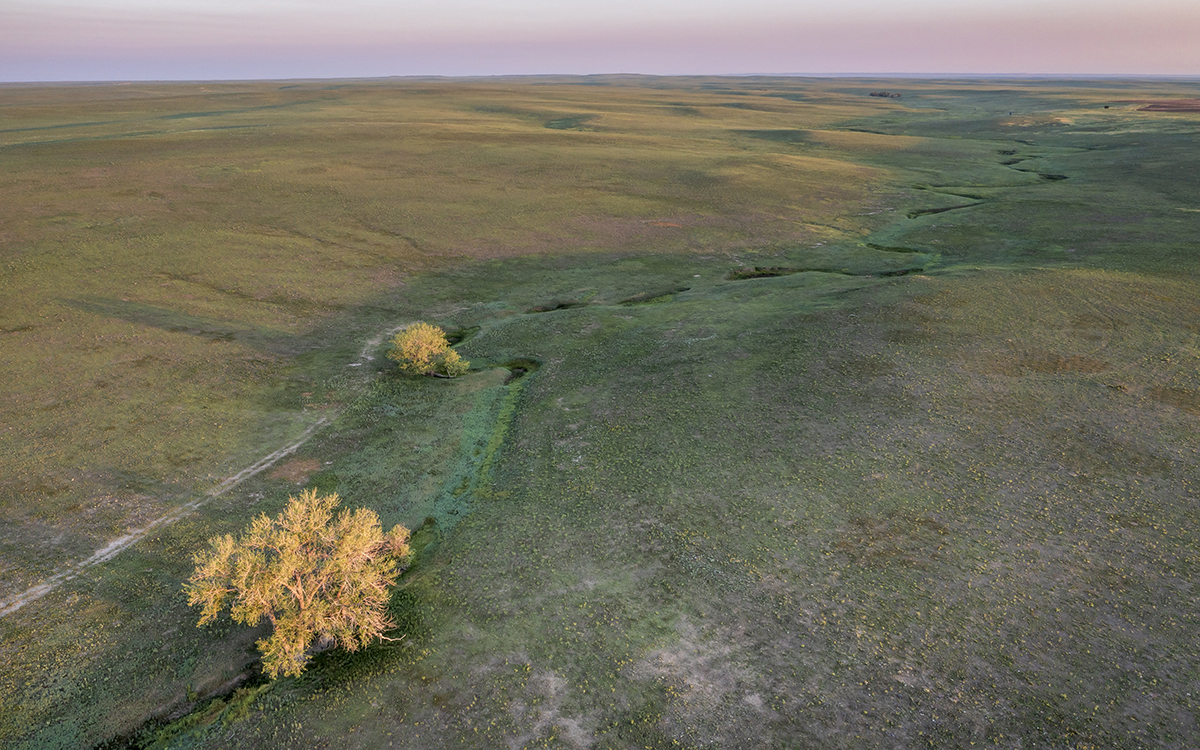
Pawnee National Grassland, Colorado. | Photo by marekuliasz/iStock
A major expansion of America’s national parks may seem an impossible dream. Yet there is reason for optimism because parks are popular, economically beneficial, and politically bipartisan.
Even in this era of widespread skepticism toward the government, Americans continue to have an overwhelmingly positive view of our national parks. An obvious sign of this is the resurgence of park visitation as COVID restrictions have been relaxed. Millions of visitors who have experienced congested national parks would likely support new parks that offer fewer crowds, especially if they are closer to home.
The “national park” brand is a powerful economic engine for local communities. Even in the midst of the pandemic last year, national park visitor spending contributed $28.6 billion to the US economy and supported 234,000 jobs in hospitality, recreation, and transportation, 83 percent of which were in communities within 60 miles of a park. Simply redesignating existing, less-known national monuments as national parks can increase visitation, resulting in a large economic boost.
Because national parks combine universal popularity with significant economic benefits, they enjoy considerable bipartisan political support. Republican and Democratic members of Congress often come together to designate new national parks. In 2020, Congress passed the Great American Outdoors Act with sweeping bipartisan support—in large part because it included substantial funding for our national parks.
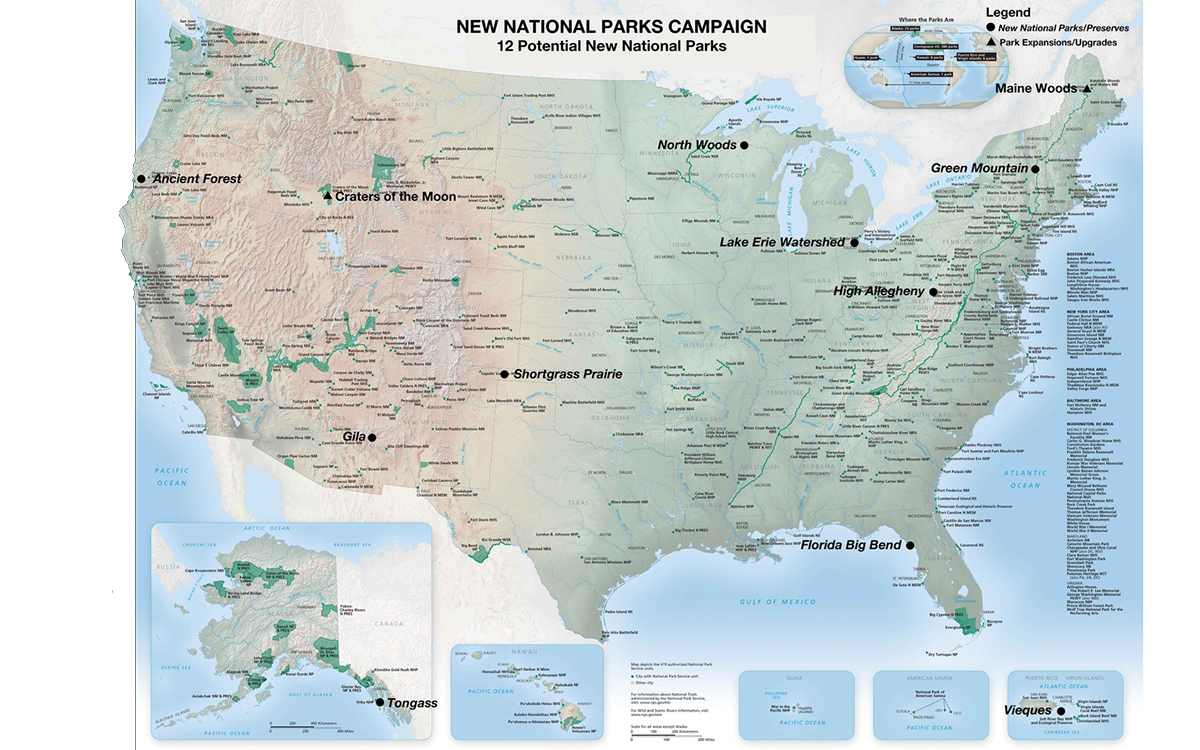
Courtesy of the New National Parks campaign
Here are 12 places in the United States that deserve national park protection:
1. Alaska’s Tongass National Forest is the largest intact temperate rainforest on Earth. It contains the equivalent of 8 percent of total forest carbon in the lower 48 states and the most extensive remaining old-growth forests in the United States. Redesignating these lands as a 16.8-million-acre Tongass National Park would permanently end destructive logging and make habitat protection and wilderness recreation the top priorities.
2. A 5-million-acre Ancient Forest National Park would stretch 230 miles from the Rogue River in Oregon to the Eel River in California. The park would safeguard much of the Klamath-Siskiyou ecoregion, a global biodiversity hotspot and the highest concentration of wilderness and roadless areas on the Pacific coast. As habitats shift with the changing climate, a national park connecting these many separate wildlands will be increasingly important.
3. Idaho is the only state in the West without its own national park. A 2.7-million-acre Craters of the Moon National Park would correct this deficiency. An expanded park would incorporate the existing monument and preserve, with its spectacular volcanic features and high desert ecosystems. It would also include adjacent public lands with vast sagebrush steppe habitats needed by the imperiled sage grouse and rich soils that store carbon.
4. A 6.5-million-acre Gila National Park in Arizona and New Mexico offers a rare chance to restore an ecologically complete landscape in the Southwest. The area includes the largest complex of roadless forest lands in the region—including the Gila Wilderness, the world’s first legally designated wilderness. The area has habitat for the endangered Mexican gray wolf, potential for the reintroduction of the extirpated jaguar, and expansive wildlands providing solitude and adventure.
5. The grasslands at the convergence of Colorado, Kansas, Oklahoma, Texas, and New Mexico were ground zero for the 1930s Dust Bowl. The federal government acquired devastated farmlands, but now they are threatened by climate change and unsustainable resource extraction. A 1-million-acre Shortgrass Prairie National Park would preserve endangered wildlife habitats, ancient Native American sites, Santa Fe Trail sections, and fossilized dinosaur tracks.
6. A 3-million-acre North Woods National Park, in Michigan and Wisconsin, would be the largest in the Midwest. The park would incorporate three of the most carbon-dense national forests east of the Rockies. Remote forest, lake, river, and wetland ecosystems are home to threatened wildlife such as wolves, lynx, martens, and ospreys. Park designation would shift the management priority from logging to preservation and recreation for millions of people in the region.
7. The closest national park to Detroit, Michigan, and Toledo, Ohio, is in Canada. Some important natural areas in this industrialized region are in public or land trust ownership, but they are scattered and sometimes inadequately protected. A 200,000-acre Lake Erie Watershed National Park would knit together existing public lands and acquire key private lands, protecting critically endangered ecosystems and offering healthy green spaces within reach of 6 million people.
8. The Monongahela in West Virginia is one of the most ecologically diverse and carbon-dense national forests in the eastern United States. Yet logging threatens species such as the northern flying squirrel, hellbender salamander, and wild brook trout. The redesignation of the national forest as a 950,000-acre High Allegheny National Park would preserve intact habitats and rare wilderness recreation in the densely populated mid-Atlantic region.
9. In the 1930s, the National Park Service concluded that the recreation value of Vermont’s Green Mountains “outweighs the values that might be obtained by the commercial utilization of their resources.” Yet today logging is the top priority under US Forest Service management. A 410,000-acre Green Mountain National Park would not only preserve recreational values but also diverse habitats and massive forest carbon storage.
10. A Maine Woods National Park would cover 3.2 million acres of the largest undeveloped forest east of the Rockies. A national monument designated in 2016 saved a key tract, but most of the region is increasingly vulnerable to development. An expanded national park could double carbon storage in vast forests recovering from past logging while safeguarding wild rivers, habitat for diverse wildlife, and Alaska-scale wilderness recreation accessible to 50 million people.
11. A 1.9-million-acre Florida Big Bend National Park would encompass the largest remaining stretch of undeveloped coastline in the lower 48 states and the second-largest area of seagrass in the eastern Gulf of Mexico. The park would preserve forests, wetlands, rivers, springs, estuaries, and marine ecosystems that are home to imperiled wildlife, storehouses of “blue” carbon, and open green space accessible to 12 million people.
12. The proposed 19,000-acre Vieques National Park lies off the coast of Puerto Rico in the Caribbean Basin, a global biodiversity hotspot. The park would encompass the renowned Puerto Mosquito bioluminescent bay, tropical dry forests, mangroves, coral reefs, and seagrass beds the provide habitat for imperiled species and “blue” carbon storage. World-class beaches and important cultural sites offer outstanding recreation.
 The Magazine of The Sierra Club
The Magazine of The Sierra Club
